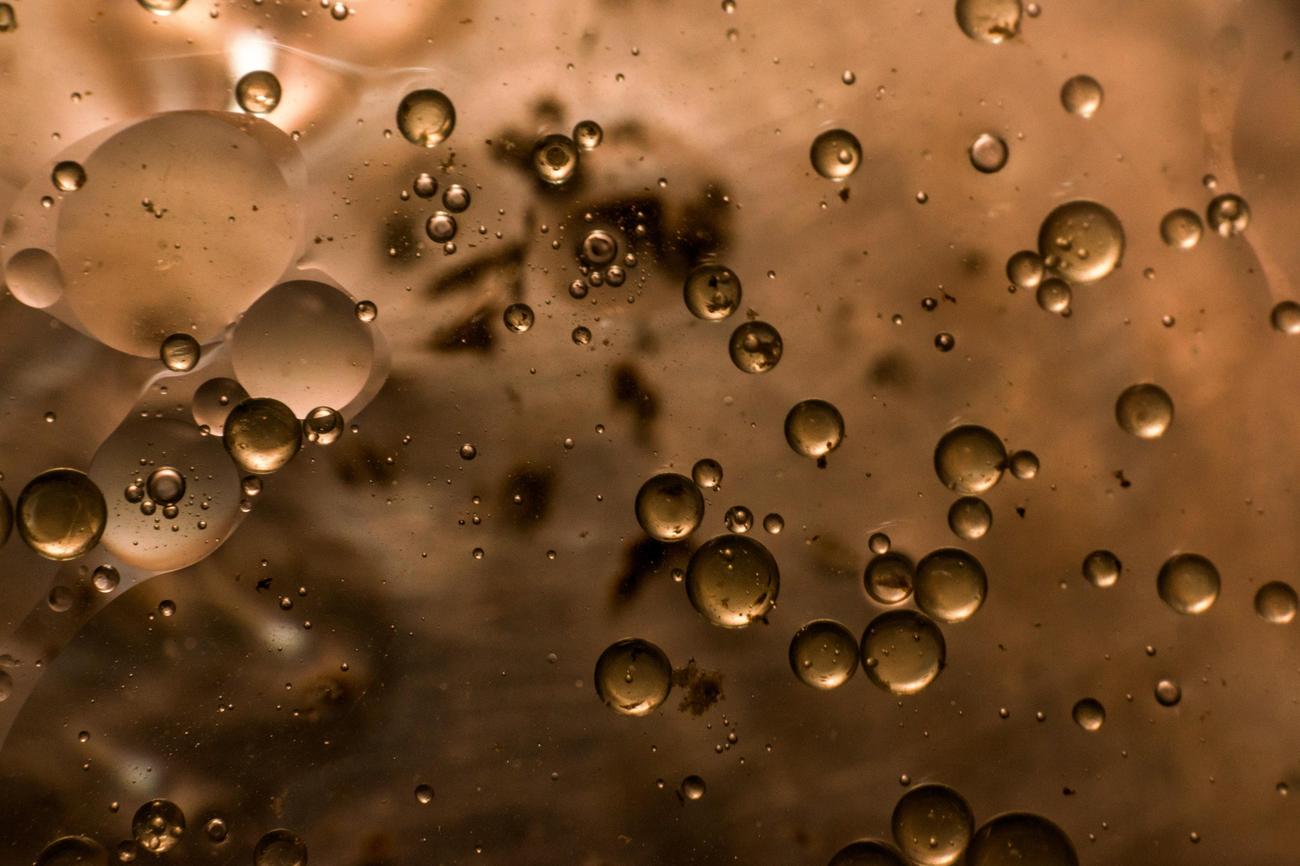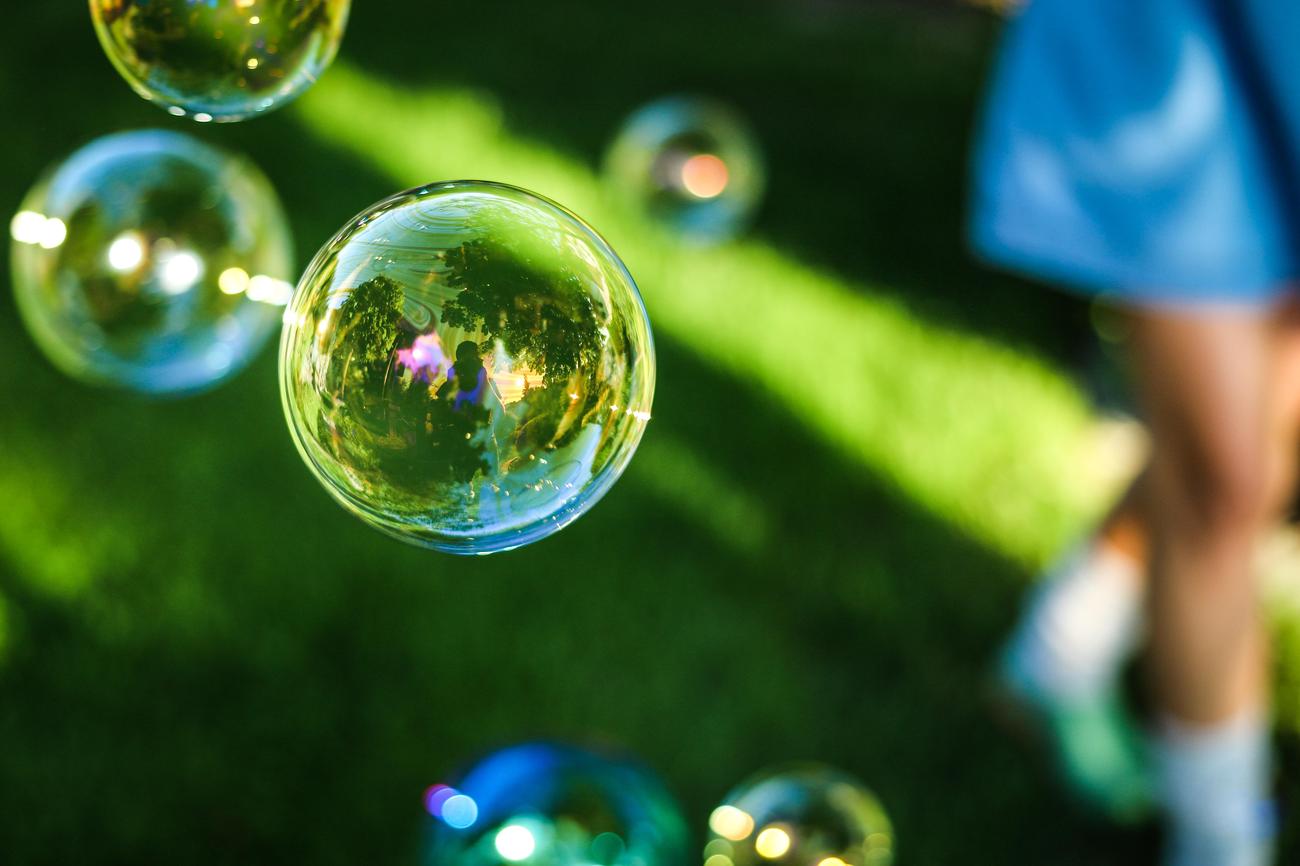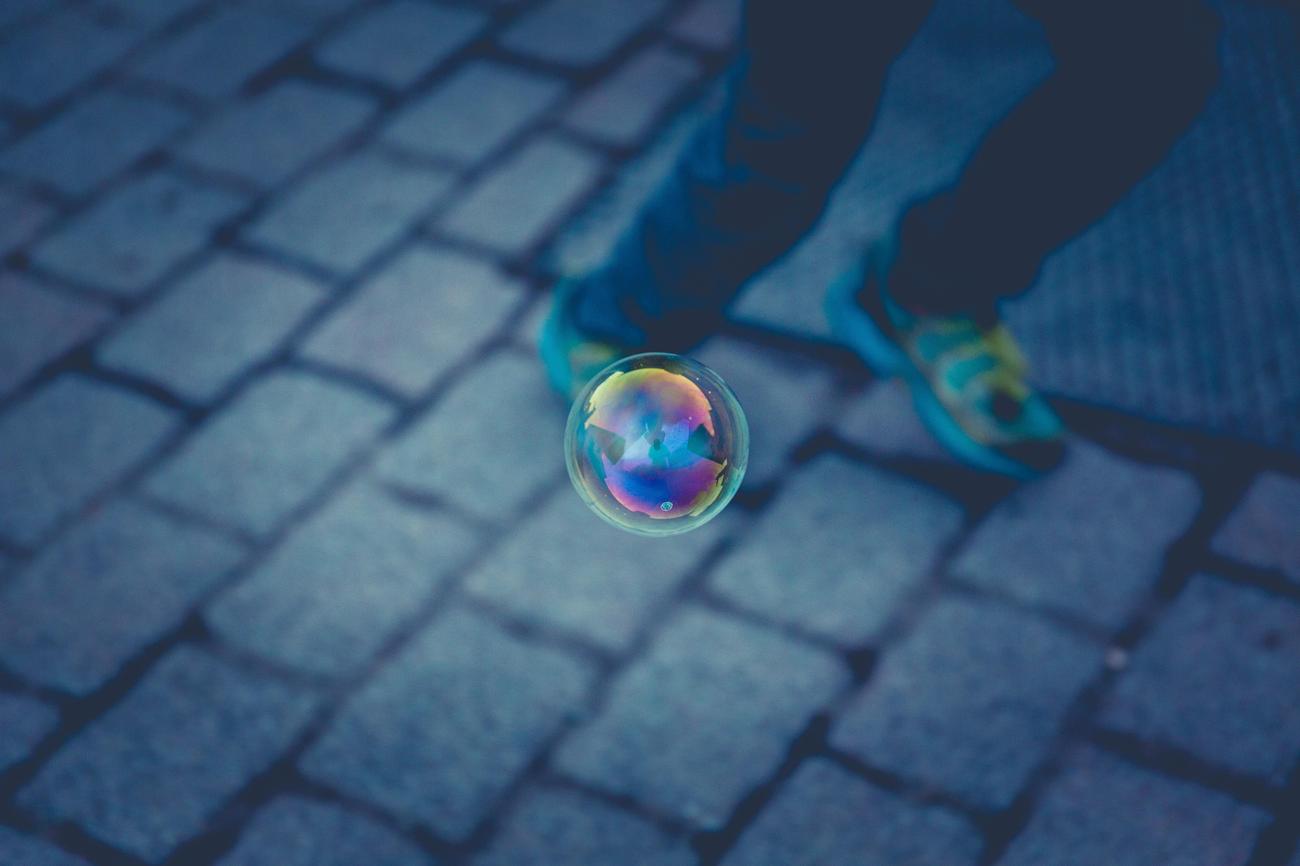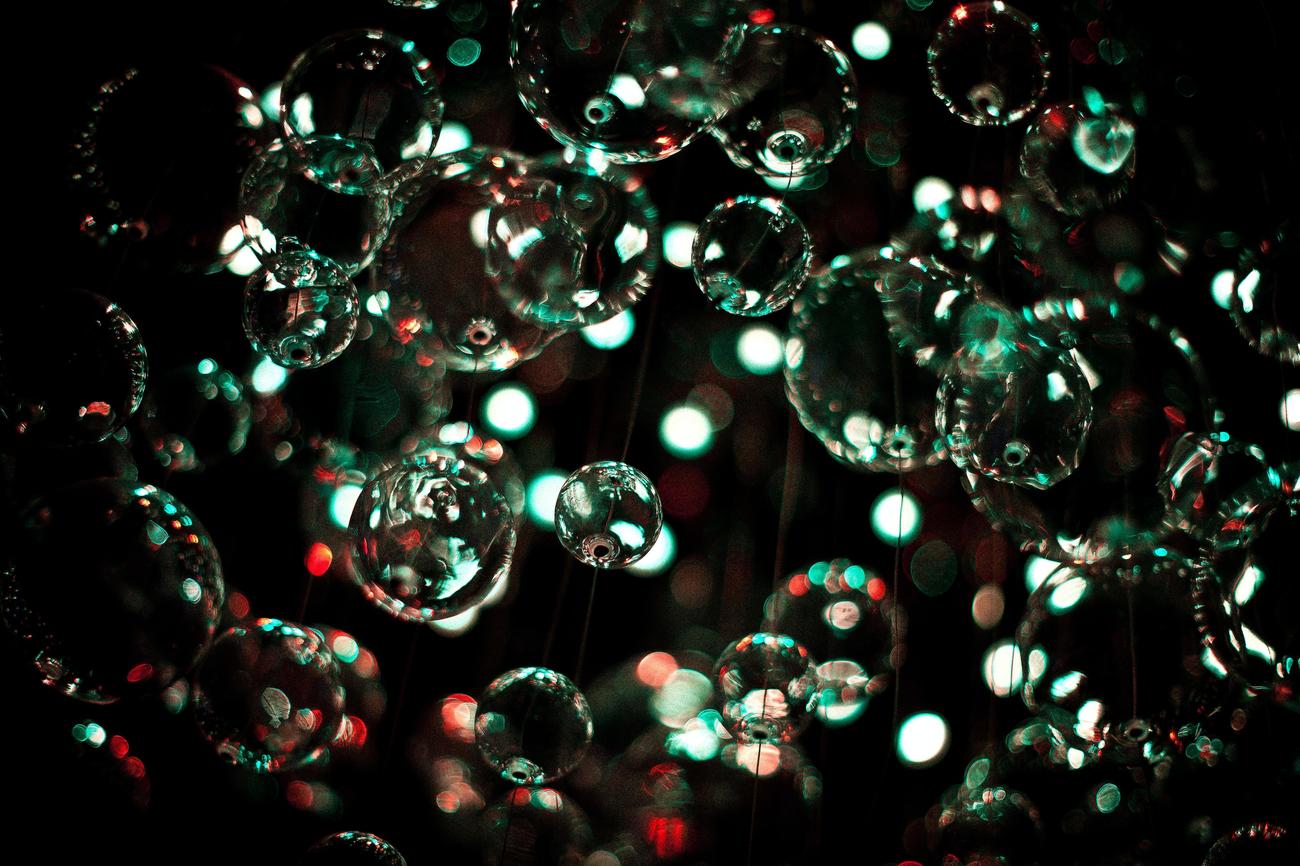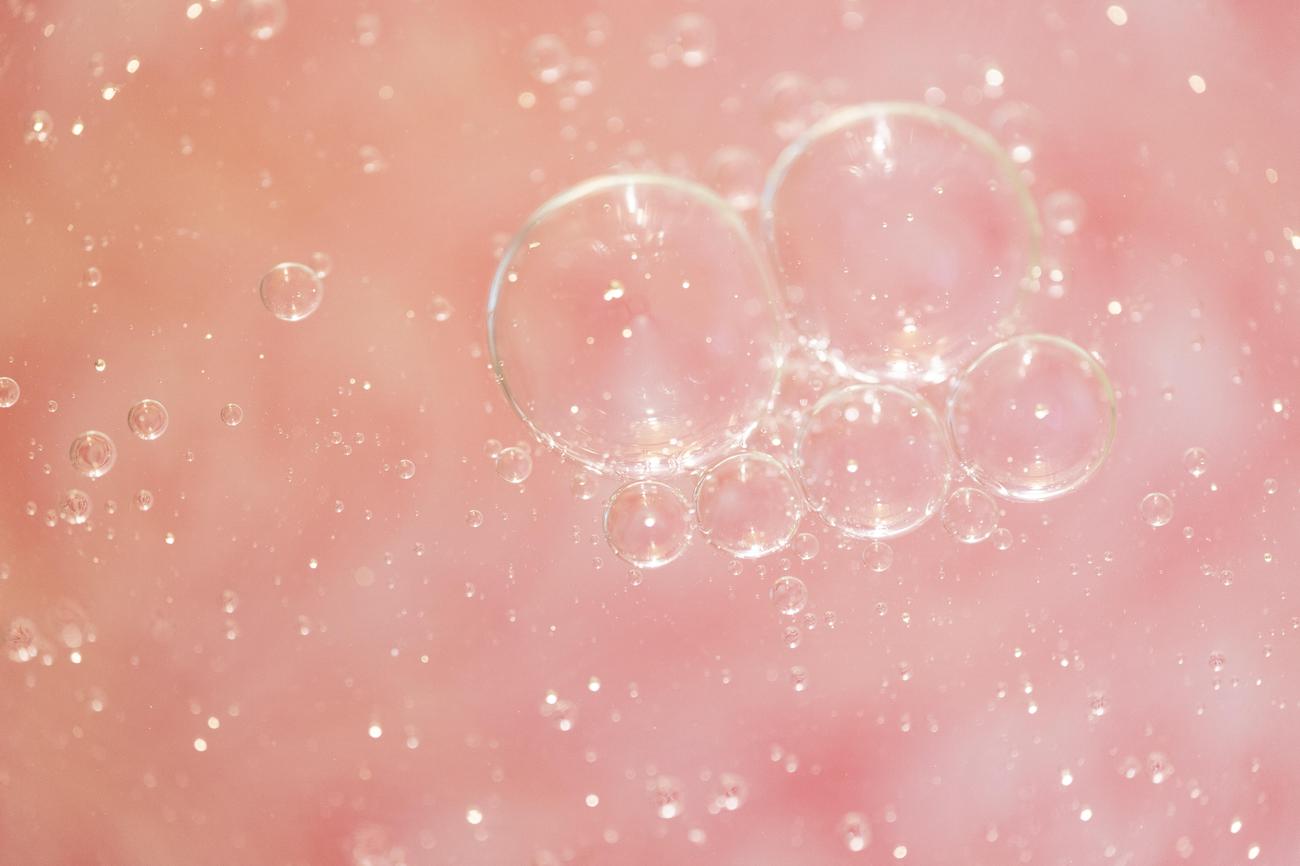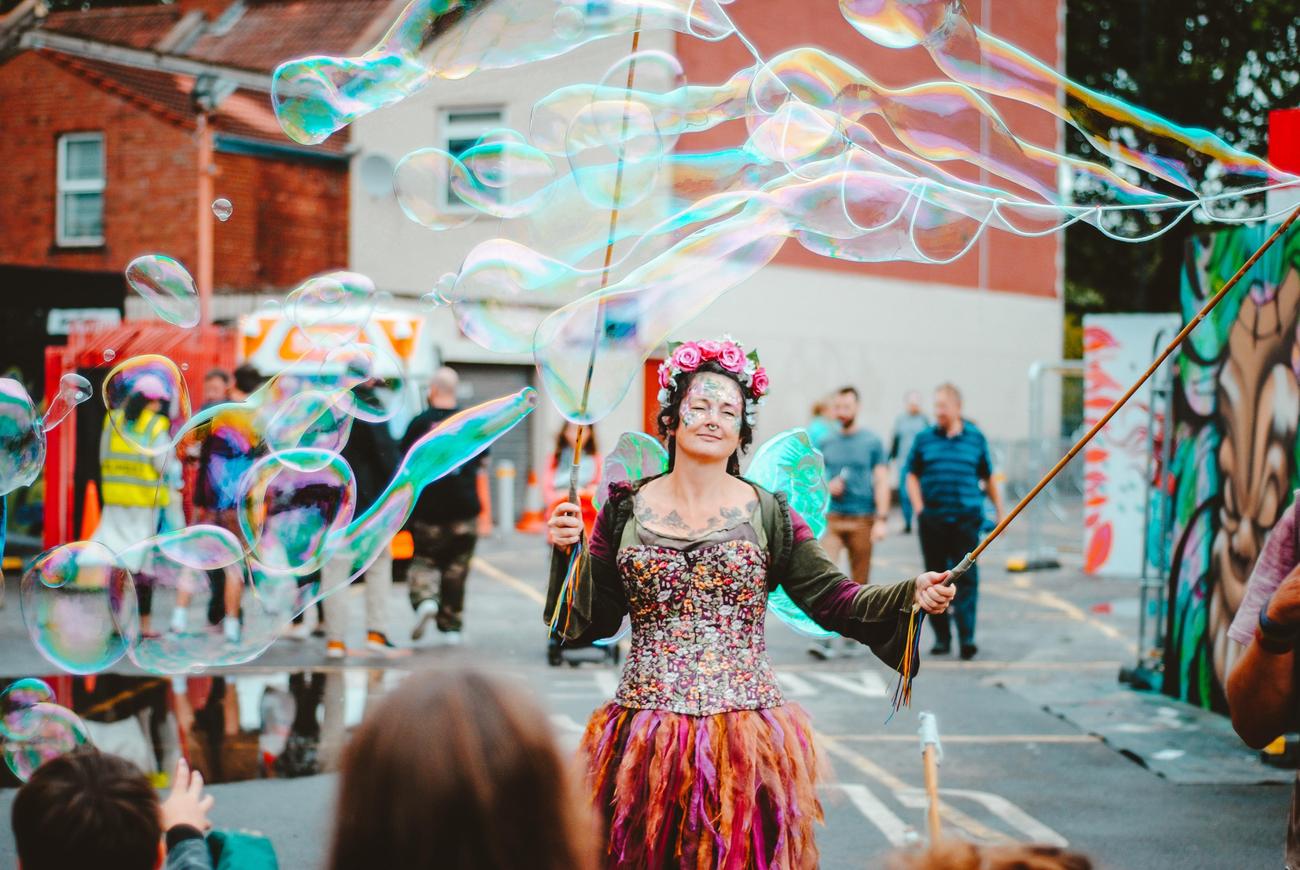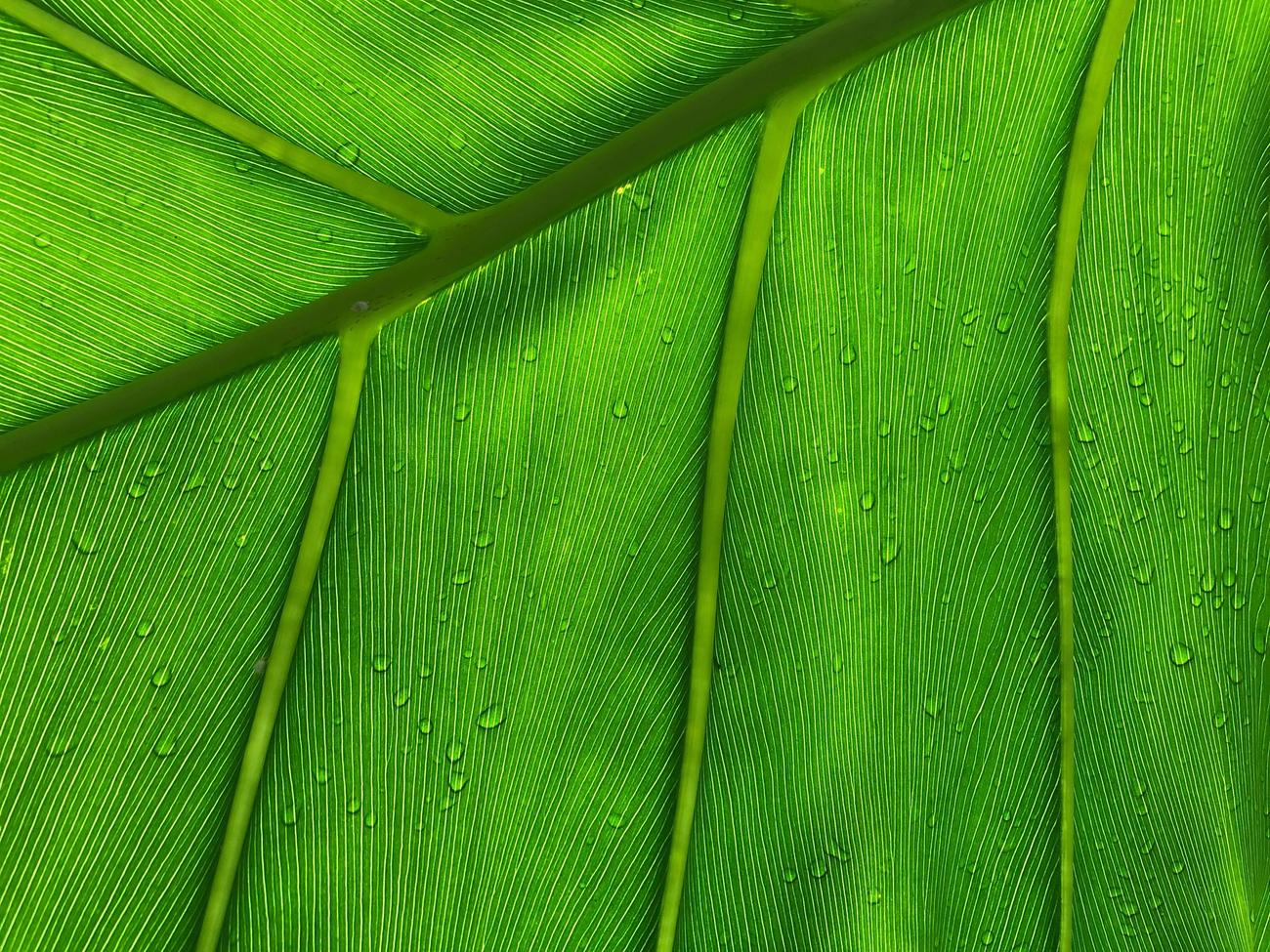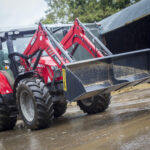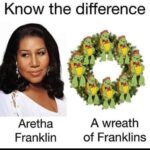As an environmental journalist specializing in sustainable materials, I possess a vast knowledge and expertise in the field, making me well-equipped to delve into the discussion surrounding the ecological impact of bubble wrap. In this article titled “The Environmental Impact of Bubble Wrap: Is It Eco-Friendly?”, I will provide invaluable insights and analysis on the sustainability of this popular packaging material. With a decade of experience covering environmental issues and a strong research background, I will dissect the complexities associated with bubble wrap production, use, and disposal. Together, we will explore the true environmental footprint of bubble wrap, investigate groundbreaking innovations in packaging materials, and consider potential solutions for a more eco-friendly future.
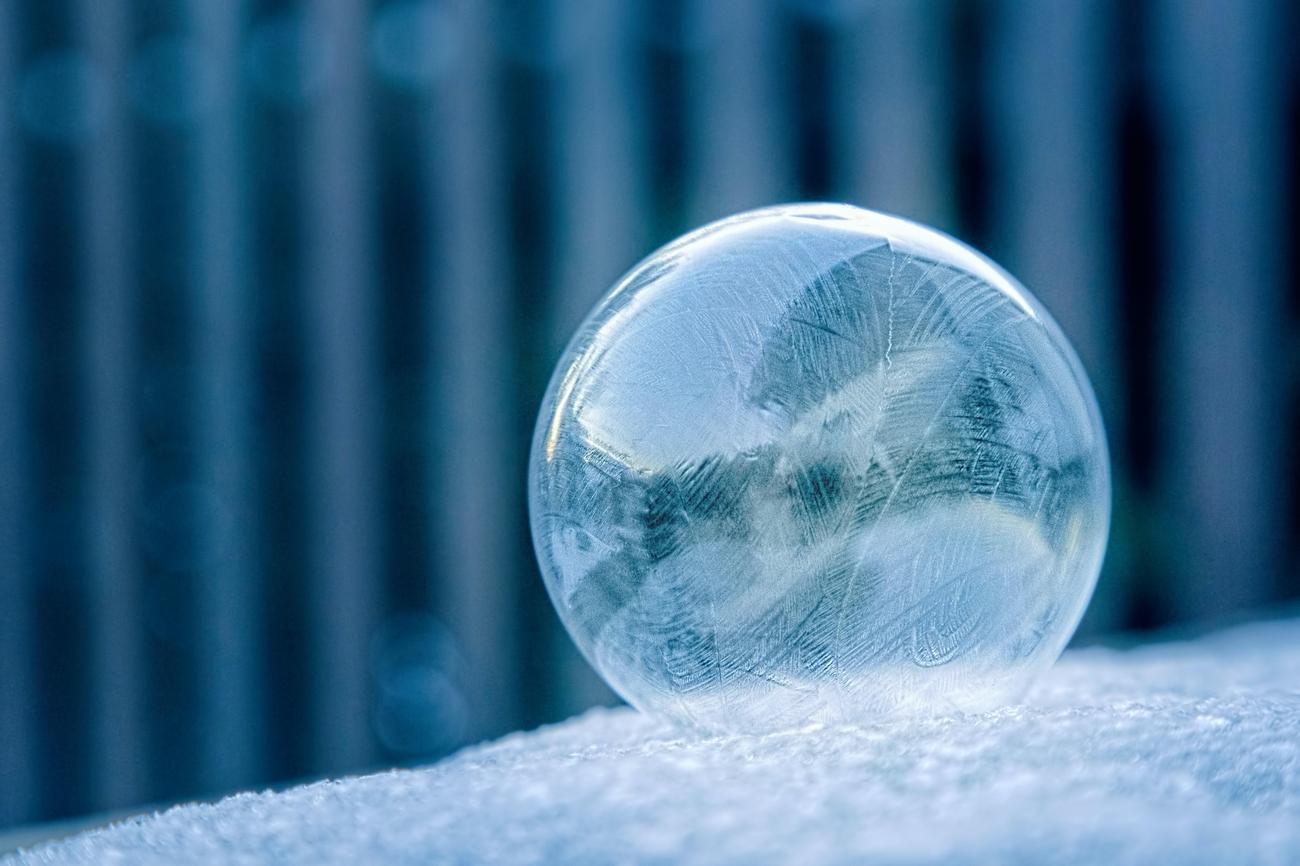
Is bubble wrap eco?
Bubble wrap is a widely used packaging material known for its ability to protect fragile items during shipping. However, its environmental impact has raised concerns among sustainability advocates. In this article, we will explore the question, “Is bubble wrap eco?”
The Environmental Footprint of Bubble Wrap
Bubble wrap is made from low-density polyethylene, the same material used to produce plastic bags. This raises the question of whether bubble wrap can be considered eco-friendly. While it is true that bubble wrap is technically an environmentally friendly option compared to other packaging materials, it does come with some drawbacks.
Quote: “Bubble wrap is technically considered an environmentally friendly option, but it does have its flaws.”
The production of bubble wrap involves the harvesting of natural gas, which has harmful effects on the environment, including air pollution. Additionally, bubble wrap requires more materials to produce compared to other packaging alternatives. So, while it may offer protection to shipped items, its production process has a larger ecological impact.
Recycling Bubble Wrap: A Step Towards Sustainability
The good news is that bubble wrap can be recycled, but it requires effort on the part of the consumer. To properly recycle bubble wrap, you will need to pop all the bubbles and take it to a drop-off location. Retail stores like Target and Walmart offer drop-off recycling services for bubble wrap and other plastic packaging.
Quote: “Recycling bubble wrap is a step towards sustainability, but it requires effort from consumers.”
By recycling bubble wrap, we can reduce the amount of plastic waste that ends up in landfills or polluting our natural environment. However, it is crucial for individuals to be aware of the recycling options available in their area and take the necessary steps to dispose of bubble wrap responsibly.
Exploring Eco-Friendly Alternatives
In our quest for a more sustainable future, it is essential to explore alternatives to bubble wrap that have a lower environmental impact. One such alternative is using shaped cardboards or paper for packaging. These materials are more easily recyclable and biodegradable.
Quote: “There are eco-friendly alternatives to bubble wrap, such as using shaped cardboards or paper for packaging.”
Shaped cardboards or paper can provide cushioning and protection similar to bubble wrap while being more environmentally friendly. By shifting to these alternatives, we can minimize the ecological footprint associated with packaging materials.
Conclusion
While bubble wrap is technically considered an environmentally friendly option, it does have its flaws. Its production process and the use of natural gas contribute to air pollution. However, bubble wrap can be recycled if consumers take the necessary steps to do so. By exploring eco-friendly alternatives like shaped cardboards or paper, we can move towards a more sustainable future.
Quote: “Bubble wrap, while flawed, can still be part of a more sustainable packaging solution when recycled and used responsibly.”
Bubble wrap is not just for protecting fragile items during shipping; it also has some fascinating qualities and uses. Did you know that bubble wrap was originally created as textured wallpaper? Learn more fun facts about bubble wrap by clicking here. You’ll be amazed by the versatility and unexpected history behind this beloved packaging material. So go ahead, indulge your curiosity and dive into the world of bubble wrap!
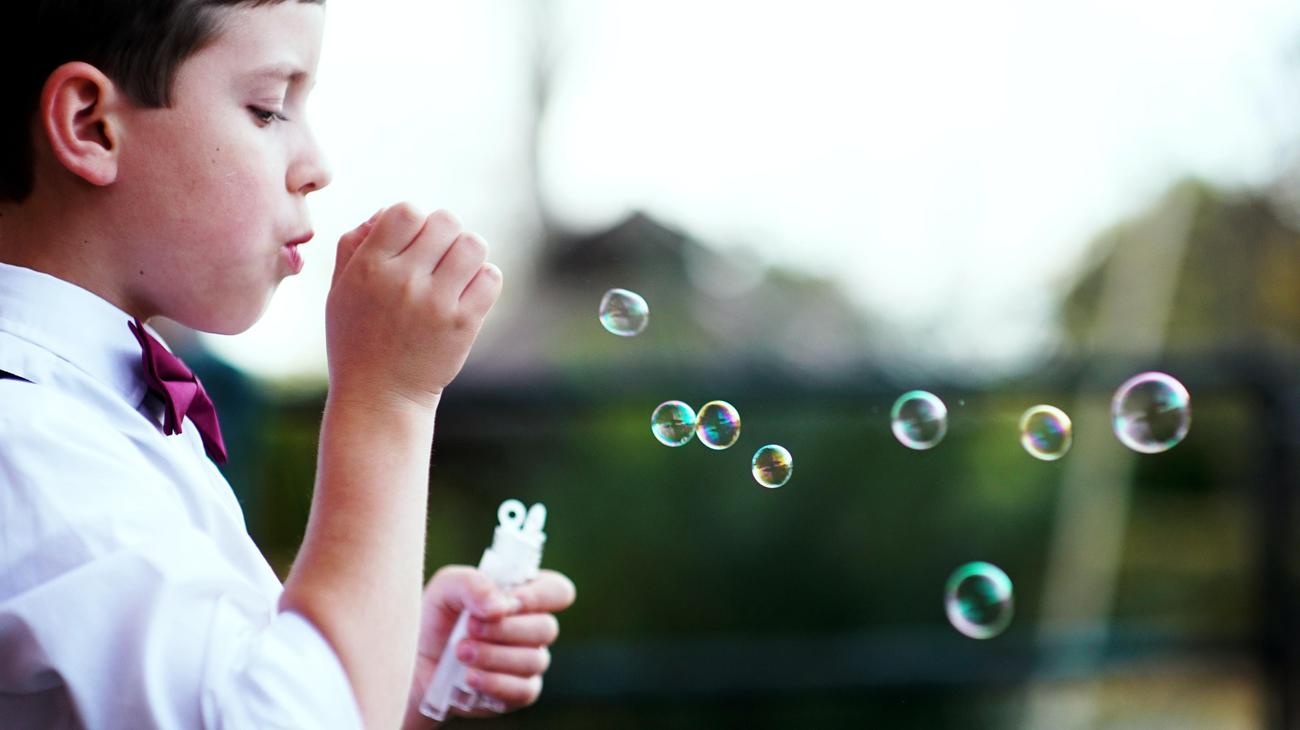
FAQ
Question 1
Is bubble wrap considered an environmentally friendly option for packaging?
Answer 1
Bubble wrap is technically considered an environmentally friendly action, despite using more materials. However, its overall impact on the environment is still a subject of debate.
Question 2
What is bubble wrap made of?
Answer 2
Bubble wrap is made of low-density polyethylene, which is the same material used in plastic bags. This material is known for its lightweight and protective qualities.
Question 3
Can bubble wrap be recycled?
Answer 3
Yes, bubble wrap can be recycled but it requires effort on the part of the consumer. To recycle bubble wrap, one must pop all the bubbles and take it to a drop-off location. Many retail stores, such as Target and Walmart, offer drop-off recycling services for bubble wrap and other plastic packaging.
Question 4
What are the environmental consequences of manufacturing bubble wrap?
Answer 4
Harvesting natural gas to manufacture bubble wrap plastic has harmful effects on the environment, including air pollution. The extraction and processing of natural gas can lead to the release of greenhouse gases and other pollutants.
Question 5
Are there eco-friendly alternatives to bubble wrap?
Answer 5
Yes, there are eco-friendly alternatives to bubble wrap. Shaped cardboards or paper can be used for packaging instead of bubble wrap. These alternatives are more sustainable and can help reduce the environmental impact of packaging materials.
- HelpCare Plus: Revolutionizing Affordable and Accessible Healthcare - December 29, 2024
- Boom & Bucket: Your Digital Marketplace for Used Heavy Equipment - December 28, 2024
- Ankle Bones Crossword Clue: Solutions, Tips & Anatomical Insights - December 28, 2024
